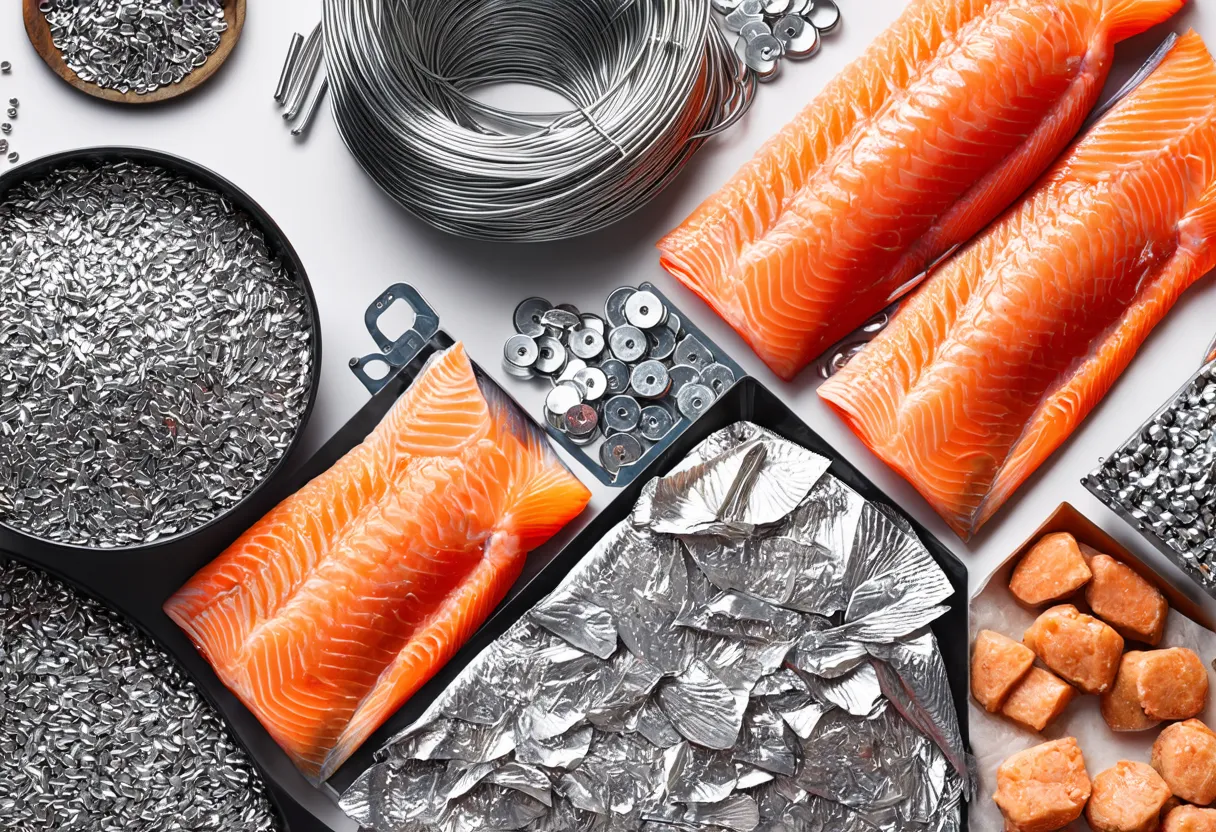Iceland, with a population of 382,003, is ranked 165th in the world, just behind Belize. Located in the North Atlantic Ocean, Iceland covers a total area of 103,000 square kilometers, ranking 102nd globally, slightly smaller than Guatemala.
Iceland’s economic position in 2022 is notable, with a GDP of $28,064,529,851.30, ranking it at 107th globally. It falls behind Zambia, whose GDP stands at $29,163,782,138.34. In terms of GDP per capita, Iceland ranks 11th with $73,466.78, trailing behind the United States, whose GDP per capita is $76,329.58.
Despite its relatively lower rankings, Iceland’s economy is stable and diversified, with a strong focus on industries such as tourism, renewable energy, and fisheries. The country’s small population and high standard of living contribute to its overall economic resilience.
What are the economic activities of Iceland?
- Primary activities: 5.8% of GDP.
- Secondary activities: 19.7% of GDP.
- Tertiary activities: 74.6% of GDP.

Primary Sector of Iceland
Iceland’s primary sector, particularly its agricultural activities, is influenced by its cool climate and abundant natural resources. With 18.57% of the land dedicated to agriculture, the country produces a variety of products including milk, chicken, barley, lamb/mutton, potatoes, pork, beef, eggs, other meats, and cucumbers/gherkins.
Despite contributing only 5.8% to the GDP, agriculture plays a crucial role in Iceland’s economy by providing a diverse range of crops and animal products essential to the country’s food security and rural livelihoods.
Iceland’s geological diversity, with its volcanic activity and abundant water sources, provides a rich array of natural resources. The primary sector thrives on fish, hydropower, geothermal power, and diatomite, driving the economy through sustainable utilization and exportation of these valuable assets.
Secondary Sector of Iceland
What is the secondary sector or what are secondary activities?
The secondary sector encompasses industries that transform raw materials into finished products for consumption. In Iceland, main industrial products include fish processing, aluminum smelting, geothermal and hydropower, and medical/pharmaceutical products. These industries play a crucial role in the country’s economy and export market.
Manufactures in Iceland’s total exports are not a significant contributor, accounting for only 15.48% in 2023. The country’s economy relies more on other sectors for export revenue.
Tertiary sector of Iceland
What is the tertiary sector or what are tertiary activities?
The tertiary sector in Iceland involves providing intangible goods such as advice, expertise, and services to improve productivity and meet needs. Main activities include restaurants, healthcare, education, banking, communication, media, tourism, and transportation.
Among these, Iceland’s thriving tourism industry is pivotal to its economy, contributing significantly to its GDP. With an impressive 2,202,000 annual arrivals, surpassing its population by over 5 times, destinations like the Blue Lagoon and Reykjavik’s vibrant capital attract visitors from around the globe, fueling economic growth and employment opportunities.
Another example of tertiary economic activity is the mobile cellular economic sector, which boasts around 457,000 subscriptions, enhancing connectivity. This robust infrastructure supports technological advancements and innovation across various industries.
Biggest company in Iceland
Which is the biggest company in Iceland? The largest is Marel HF, with a market value of $2.52 billion. It operates in the Food and Beverage industry within the Secondary sector. Founded in 1983, Marel specializes in providing advanced food processing solutions.
International Trade of Iceland
Import Activities of Iceland

Iceland’s import activities are crucial, accounting for nearly 47% of its GDP, totaling $9.47 billion in 2023.
Iceland’s main import partners are Norway, Netherlands, Denmark, Germany, and China. The country imports refined petroleum, aluminum oxide, cars, carbon-based electronics, and aircraft.
Exports Activities of Iceland

Iceland’s total exports in 2023 amounted to 6.63 billion USD, representing 46.58% of its GDP. With export activities contributing over 40% to the economy, they hold high importance in driving Iceland’s economic growth and stability.
Iceland’s export activities primarily focus on fish, aluminum, iron alloys, aluminum wire, and animal meal. The country’s top export partners are the Netherlands (27%), the UK (9%), the US (8%), Germany (8%), and France (6%).
Iceland economy challenges in 2024
In 2024, Iceland faces challenges with its high-income economy reliant on tourism, fishing, and aluminum. Volcanic activity and demand swings threaten these industries. Inflation is above target, hindering economic diversification. Barriers to foreign business access persist, limiting growth potential.




Leave a Reply